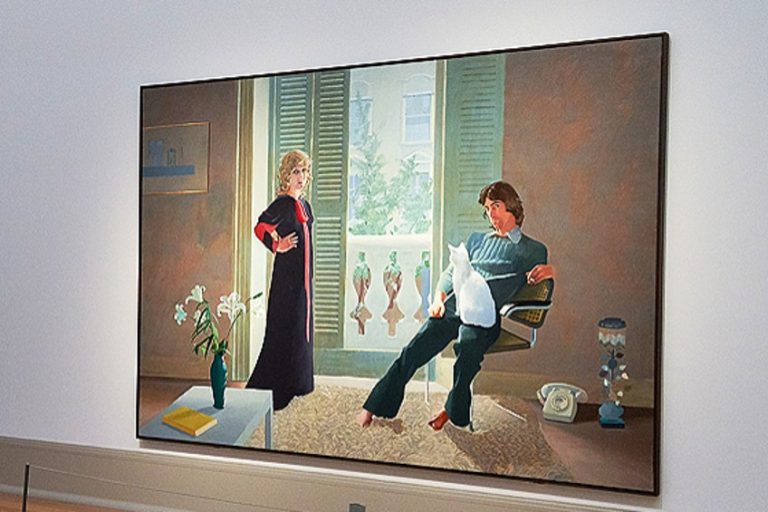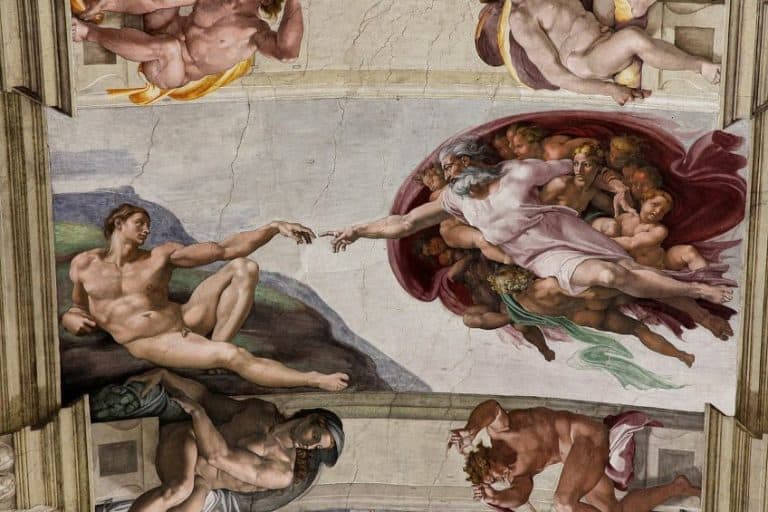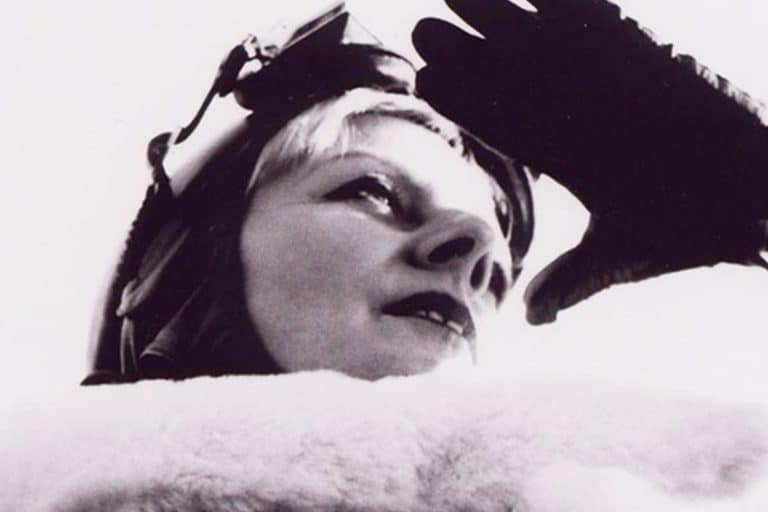Hans Bellmer – Dollmaker of the Absurd
Hans Bellmer, a surrealist artist born in 1902, is renowned for his provocative and controversial artworks that challenge conventional notions of the human body and sexuality. His intricate doll sculptures, most notably the series featuring the Doll or Poupee as a recurring motif, explore themes of desire, identity, and the subconscious mind. Bellmer’s unsettling yet captivating creations have left a lasting impact on the Surrealist movement, pushing boundaries and prompting viewers to question societal norms and the nature of human existence.
Key Takeaways
- Hans Bellmer was a versatile German artist and an influential Surrealist, known for his provocative life-sized dolls.
- Bellmer’s work extended beyond Germany as he relocated to Paris, broadening his impact on the art world.
- The legacy of Hans Bellmer endures in his contribution to psychological and erotic dimensions in modern art.
Early Life and Background
| Birth | March 13, 1902 |
| Death | February 24, 1975 |
| Place of Birth | Kattowitz, German Empire (now Katowice, Poland) |
| Genre of Work | Surrealism, Surrealist photography, and sculpture |
Hans Bellmer was a German artist who became a significant figure in Surrealist art, with his work spanning across various mediums including drawing, etching, sculpture, and photography. His most notable creations were the life-sized female dolls he constructed in the mid-1930s, which served as both a form of artistic expression and a defiant political statement against the fascism and Nazi ideology of the time. Bellmer meticulously crafted these dolls and positioned them in strange, often disconcerting poses, capturing them in photographs that were both haunting and revolutionary.
After initially engaging in his craft within Germany, Bellmer moved to Paris where his work received a broader audience and greater influence. His dolls were replete with psychoanalytic and metaphysical implications, which reflected the darker recesses of human desire and fetishism, themes that resonated with the Surrealist movement’s interest in the unconscious.
Throughout his career, Bellmer continuously explored the human form, desire, and the unconscious, constructing a legacy that would permeate the worlds of Dada, Surrealism, and modern photography.
Formative Years in Germany
Hans Bellmer was born on March 13, 1902, in the industrial town of Kattowitz, which was then in the German Empire. He spent his childhood in a period of political transformations and emerging industrial landscapes that would frame the backdrop of his early years.
Early Period
In the face of familial pressure, Bellmer was initially steered toward a practical education. His father, a tyrannical figure, directed him into engineering despite his evident gravitation towards more creative endeavors.
Inclination Towards Art
Bellmer’s inclination towards art became undeniable. He eventually resisted the expectations set by his family, focusing instead on his passion for illustration and sculpture. It was a decision that set the course for his future artistic pursuits.
Mature Period
As German society changed during the 1930s, Bellmer’s work took on a critical edge. He produced life-sized female dolls, which are considered his most significant contribution to the Surrealist movement, reflecting his confrontation with the social and political climate of the time, particularly the rise of Nazism.

Late Period and Death
Bellmer’s latter years were marked by a continuous exploration of surrealist themes and an embrace of other mediums, including photography. He lived in artistic exile in France during World War II and remained there after the war until his death on February 24, 1975.
Personal Life
Hans Bellmer, a German artist with a controversial portfolio, navigated personal relationships and a significant period of his life in Paris, which impacted his work and personal dynamics. His personal life included a notable relationship with fellow artist Unica Zürn and his long-term residence in the capital of France.
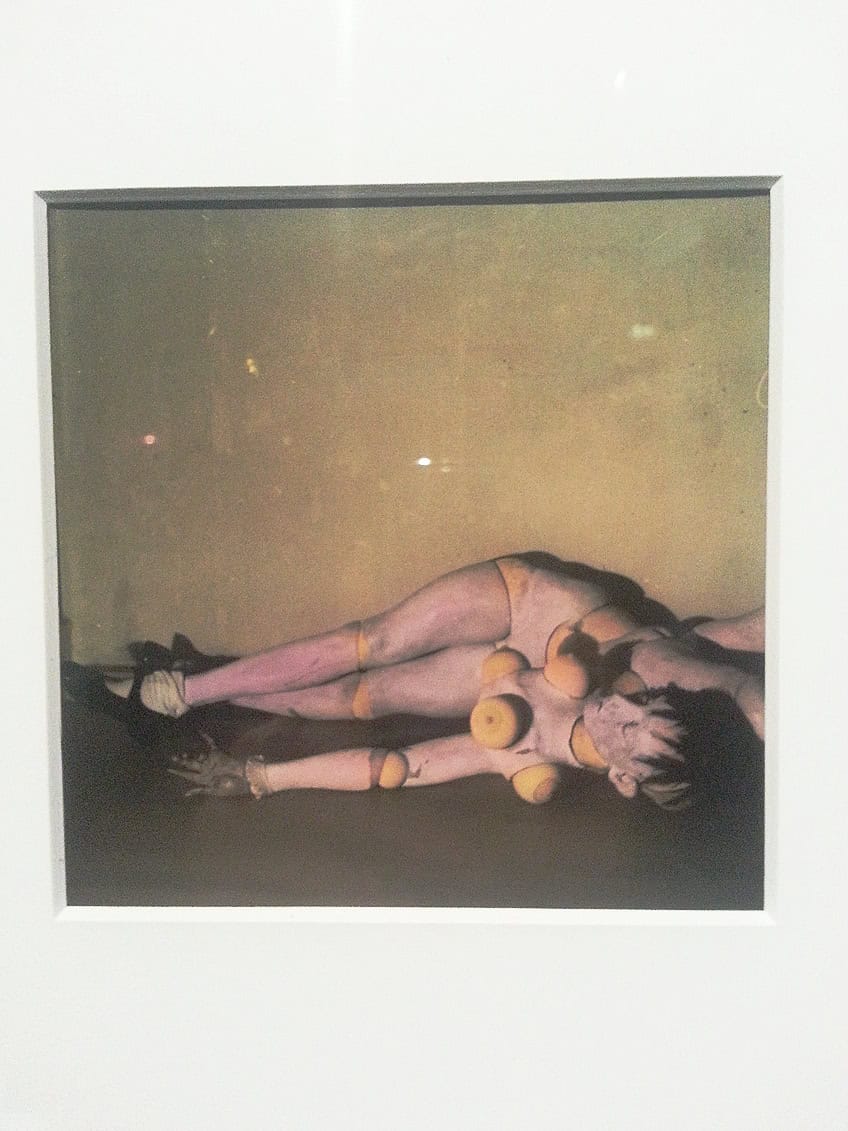
Relationship With Unica Zürn
Hans Bellmer met Unica Zürn in 1953 in Paris, where she would become both his partner and muse. They shared a profound and complex bond, often reflected in Bellmer’s work. Zürn, who was also a writer and an artist, was influenced by Bellmer’s surrealistic practices and they collaborated artistically.
Their relationship was marked by passion and creativity, contributing significantly to the Surrealist movement.
Life in Paris
Bellmer moved to Paris, France in 1938, seeking a more liberating environment for his artistic expression away from the oppression of Nazi Germany. His life in Paris was pivotal, as he became deeply involved in the city’s art scene, eventually becoming a part of the Surrealist group. After his death in 1975, Bellmer was buried in Père Lachaise Cemetery, a resting place for many renowned cultural figures, marking his final connection to the city that had become his home.

Artistic Career
Hans Bellmer’s artistic career is distinctly marked by the creation of provocative doll sculptures, his innovative use of photography, involvement with the Surrealist movement, and impactful collaborations. His body of work continues to influence and resonate within modern discussions of art and representation.
The Doll Project
Bellmer first embarked on The Doll Project (La Poupée) in the mid-1930s, which became his most famous endeavor. He created life-sized dolls that were articulated and could be disassembled and reassembled in various configurations. Through these works, Bellmer examined themes of sexuality and the human body, juxtaposing innocence and corruption, creation and destruction.

Photographic Works
His Photographic Works involved carefully staged photographs of the dolls he had created. Bellmer’s photography intersected with his interest in the subconscious and erotic, capturing the dolls in a variety of unsettling tableaux that were both compelling and controversial.
Surrealism and Collaborations
Bellmer aligned with the Surrealist movement, finding kinship with artists like André Breton and Oskar Kokoschka. His embrace of Surrealism allowed him to explore his fascination with the female form and psychosexual themes. Bellmer’s collaborations, particularly with Breton, solidified his status in the movement and expanded his exposure to a wider European audience.

Accomplishments of Hans Bellmer
Bellmer’s work has been recognized for its unique contribution to Surrealist art, transcending the mere objectification of his dolls to critique systems of power and control. He has been acknowledged as a pioneer in his use of photography as an artistic medium, not just for documentation but as a means to explore complex philosophical and aesthetic questions.
The Legacy of Hans Bellmer
Hans Bellmer, an artist whose profound impact on art and photography is widely acknowledged, remains a significant figure in the Surrealist movement. His influence stems from his deeply psychological and provocative pieces, most notably his life-sized female dolls. These intricate sculptures challenged societal norms and explored themes of desire, fantasy, and objectification.
Bellmer’s work has been studied for its therapeutic undertones, where he used his creations to process complex emotions and troubled relationships.
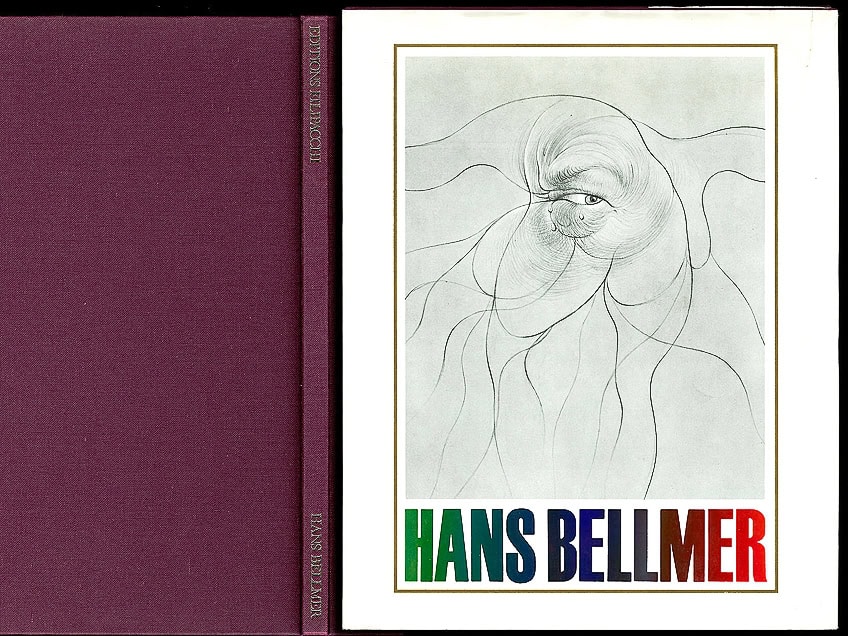
His approach was innovative, as he manipulated the human form to convey his personal struggles and comment on the situations of his time. Despite his passing in 1975, Hans Bellmer’s legacy endures. His creations are critical to understanding the Surrealist endeavor to liberate imagination. His challenging and unorthodox methods continue to inspire and unsettle, securing his place in art history.
Hans Bellmer’s contributions to the Surrealist movement have solidified his legacy as a daring and visionary artist. Through his exploration of the human form, particularly through the lens of his doll sculptures, Bellmer challenged taboos and expanded the possibilities of artistic expression. His work continues to captivate audiences, inviting contemplation on the complexities of human desire, identity, and the subconscious. Bellmer’s legacy reminds us of the power of art to provoke thought, challenge norms, and inspire new ways of seeing and understanding the world.
Frequently Asked Questions
What Are the Distinctive Features of Hans Bellmer’s Doll Sculptures?
Hans Bellmer’s doll sculptures are notable for their life-sized representation of the female form and their surreal, often disturbing reconfigurations. They presented multiple anatomical possibilities with interchangeable limbs, enabling a constant reimagining of the body’s form.
How Did Hans Bellmer’s Work Contribute to the Surrealist Movement?
Bellmer’s work significantly contributed to the Surrealist movement through his exploration of the unconscious, dreams, and taboos. His dolls, etchings, and photography challenged conventional perceptions of beauty and reality, which aligned with the Surrealists’ desire to rupture societal norms and explore the irrational.
In What Ways Did Photography Play a Role in Hans Bellmer’s Artistic Expression?
Photography was central to Bellmer’s art, used as a means to document, manipulate, and disseminate his doll sculptures. The medium allowed him to further distort perceptions of reality and create enigmatic tableaux that delved into the subconscious mind.
What Themes Are Predominant in Hans Bellmer’s Drawings?
Predominant themes in Hans Bellmer’s drawings include eroticism, fantasy, and psychological trauma. His work often depicted unsettling, dream-like scenarios that blurred the lines between imagination and reality, revealing a deep introspection into the human psyche.
Isabella studied at the University of Cape Town in South Africa and graduated with a Bachelor of Arts majoring in English Literature & Language and Psychology. Throughout her undergraduate years, she took Art History as an additional subject and absolutely loved it. Building on from her art history knowledge that began in high school, art has always been a particular area of fascination for her. From learning about artworks previously unknown to her, or sharpening her existing understanding of specific works, the ability to continue learning within this interesting sphere excites her greatly.
Her focal points of interest in art history encompass profiling specific artists and art movements, as it is these areas where she is able to really dig deep into the rich narrative of the art world. Additionally, she particularly enjoys exploring the different artistic styles of the 20th century, as well as the important impact that female artists have had on the development of art history.
Learn more about Isabella Meyer and the Art in Context Team.
Cite this Article
Isabella, Meyer, “Hans Bellmer – Dollmaker of the Absurd.” Art in Context. May 8, 2024. URL: https://artincontext.org/hans-bellmer/
Meyer, I. (2024, 8 May). Hans Bellmer – Dollmaker of the Absurd. Art in Context. https://artincontext.org/hans-bellmer/
Meyer, Isabella. “Hans Bellmer – Dollmaker of the Absurd.” Art in Context, May 8, 2024. https://artincontext.org/hans-bellmer/.




